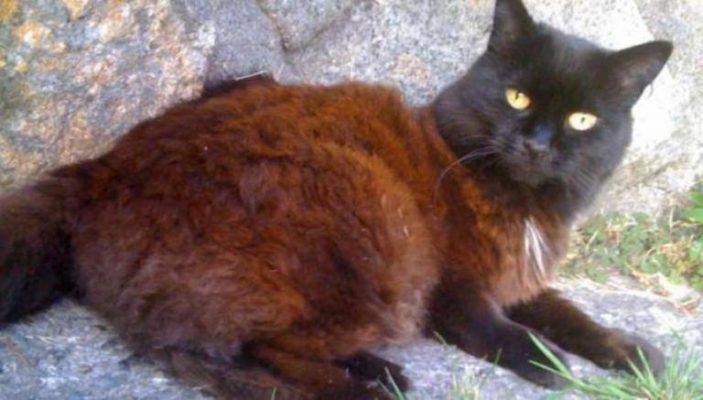Tyrosine is a conditionally essential amino acid since it can be synthesized from phenylalanine. However, supplementing it in diets can help reduce by up to “replace up to 50% of the phenylalanine requirement in the diet”[1]
Therefore, tyrosine can either be obtained directly from diets or produced through hydroxylation of phenylalanine in the liver by phenylalanine hydroxylase enzyme in case of insufficient amounts in diets.
This reaction involves the degradation of phenylalanine which cannot be reversed. Therefore, these two are tied together and their required amounts are also tied together.
Additionally, together with isoleucine, they form the three amino acids that are ketogenic and gluconeogenic (can undergo metabolic pathways to generate glucose and undergo ketosis to generate acetyl-CoA that can be oxidized to form energy respectively).

They are among the neutral amino acids, the others being valine, tryptophan, methionine, leucine, isoleucine, and cysteine (not essential). Therefore, being neutral, their absorption is by neutral amino acid transporters and absorption occurs at the ileum’s jejunum.
Once in the blood plasma, reabsorption happens in the kidney’s proximal tubule.
Dietary requirement
According to AAFCO 2014, cats need at least 1.92% phenylalanine-tyrosine based on dry mass for growth and reproduction while the amount will be 1.53% for adult maintenance.
Based on metabolizable energy, the amounts are 4.80g and 3.83g per 1000 kcal ME for growth or reproduction and adult maintenance respectively.
Function
Firstly, they form part of protein structures and because they have an aromatic side-chain that is hydrophobic, they make a fold on these protein structures.
Secondly, research on “Assessment of the neurologic effects of dietary deficiencies of phenylalanine and tyrosine in cats” published in the American Journal of Veterinary Research concludes that “chronic dietary restriction of phenylalanine and tyrosine in cats may result in predominantly sensory neuropathy.”
Besides copper deficiency, a research on “Effect of low levels of dietary tyrosine on the hair color of cats” notes that deficiency of tyrosine results in “hair to change to reddish‐brown were associated with a reduction in melanin in hair (observed by direct microscopic examination), a decreased total melanin concentration and low concentrations of tyrosine in plasma.”
This is because tyrosine is a melanin precursor and black coated dogs and cats require twice as much of it and phenylalanine as opposed to the amount required for growth and development.
Tyrosine residues found on thyroglobulin can be iodinated and assist in the formation of thyroxine and triiodothyronine T4 and T3 respectively. These two thyroid gland hormones have many vital roles. A deficiency may a risk factor for hyperthyroidism.
Finally, when hydroxylated, it forms DOPA (hydroxylated to 3,4-dihydroxyphenylalanine) which can be converted to melanin or if in norepinephrine and dopamine if in nervous or brain tissue that works as a neurotransmitter. It is also a precursor for adrenalin.
Deficiency signs
A deficiency of tyrosine may affect cats with a dark colored coat. To be more specific, black colored kitten suffered from the color change if their mother did not have enough of this amino acid. However, this color can be maintained or regained on supplementing diets high in either in it or its precursor, phenylalanine.
Finally, being a limiting amino acid (the synthesis rate of proteins will not go beyond the rate at which tyrosine is available. Therefore, its deficiency will affect some protein synthesis.
Toxicity
No toxicity has been reported so far. However, a decreased food intake was noted in black kittens fed up to 8 times the amount of tyrosine required in their diets.
